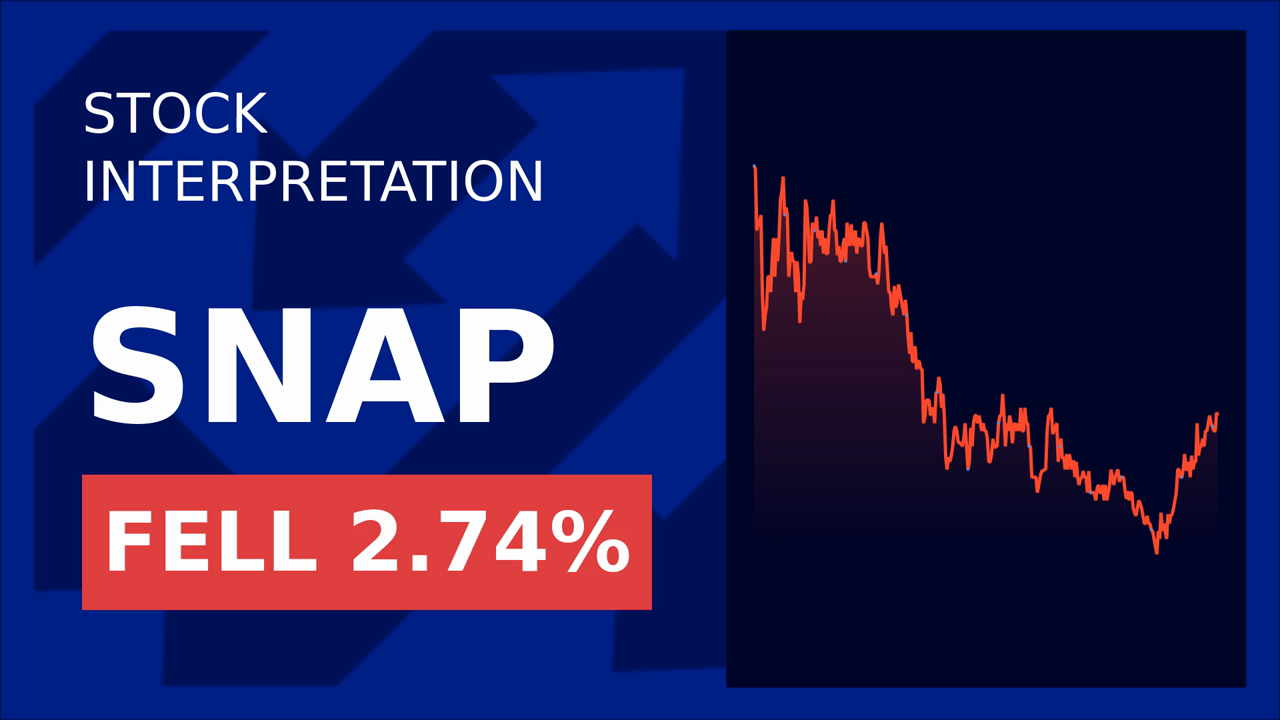Snap Withdraws Q2 Revenue Guidance Due to Tariff Impact on Advertising
Snap Inc., the social media company, has withdrawn its second-quarter revenue guidance, citing the impact of tariff policies on its advertising business. The company reported a first-quarter revenue of $1.36 billion, slightly above the average analyst estimate of $1.35 billion. However, Snap's Chief Financial Officer, Derek Andersen, noted that some of the company's advertisers are reducing their spending due to changes in tariff rules for small packages under $800, implemented by the Trump administration.
Andersen highlighted that the company will continue to closely monitor the situation, as the tariff changes are expected to affect the pricing of goods on platforms like Temu and Shein, which have been known for their low-cost products. These changes could lead to a reduction in the effectiveness of advertising that emphasizes low prices, potentially impacting Snap's advertising revenue.
Snap's decision to withdraw its revenue guidance comes amid a broader trend of companies warning about the negative impacts of the trade war. Other companies, such as Porsche, JetBlue Airways, and General Motors, have also withdrawn their earnings guidance or warned about profit margins due to the economic uncertainties caused by tariffs.
Despite the first-quarter results exceeding market expectations, Snap's stock price fell sharply after the announcement, dropping by more than 14% in after-hours trading. The company also lowered its full-year adjusted operating expense target by $50 million, from a range of $2.65 billion to $2.7 billion. Andersen indicated that this adjustment could affect the company's hiring plans for the remainder of the year, as approximately two-thirds of its annual adjusted operating expenses are related to personnel costs.
Snap's first-quarter performance showed a 60% year-over-year increase in the number of advertising customers and a record-high 75% of its advertising revenue coming from direct response ads. The company's net loss for the quarter was $140 million, more than half of the loss from the same period last year. Snapchat+, the company's subscription product, now has 15 million paying users, a 59% increase year-over-year. The company's monthly active users reached 900 million, moving closer to its goal of 1 billion users.
The tariff changes are expected to impact a wide range of industries, including consumer goods, electronics, and pharmaceuticals. Companies like Amazon and Shein have already started raising prices on various products due to increased import costs. This price increase is part of a broader trend where companies are passing on the costs of tariffs to consumers, leading to a potential reduction in consumer spending and economic growth.
Snap's decision to withdraw its revenue guidance and lower its expense target reflects the broader economic uncertainties caused by tariff policies. The company's focus on cost management and monitoring the impact of tariffs on its advertising business highlights the challenges faced by companies in the current economic environment. As the trade war continues, companies like Snap will need to adapt their strategies to navigate the changing landscape and maintain their financial performance.



_442a2dcc1749832873286.jpeg)
_e68fac6d1749831664430.jpeg)






